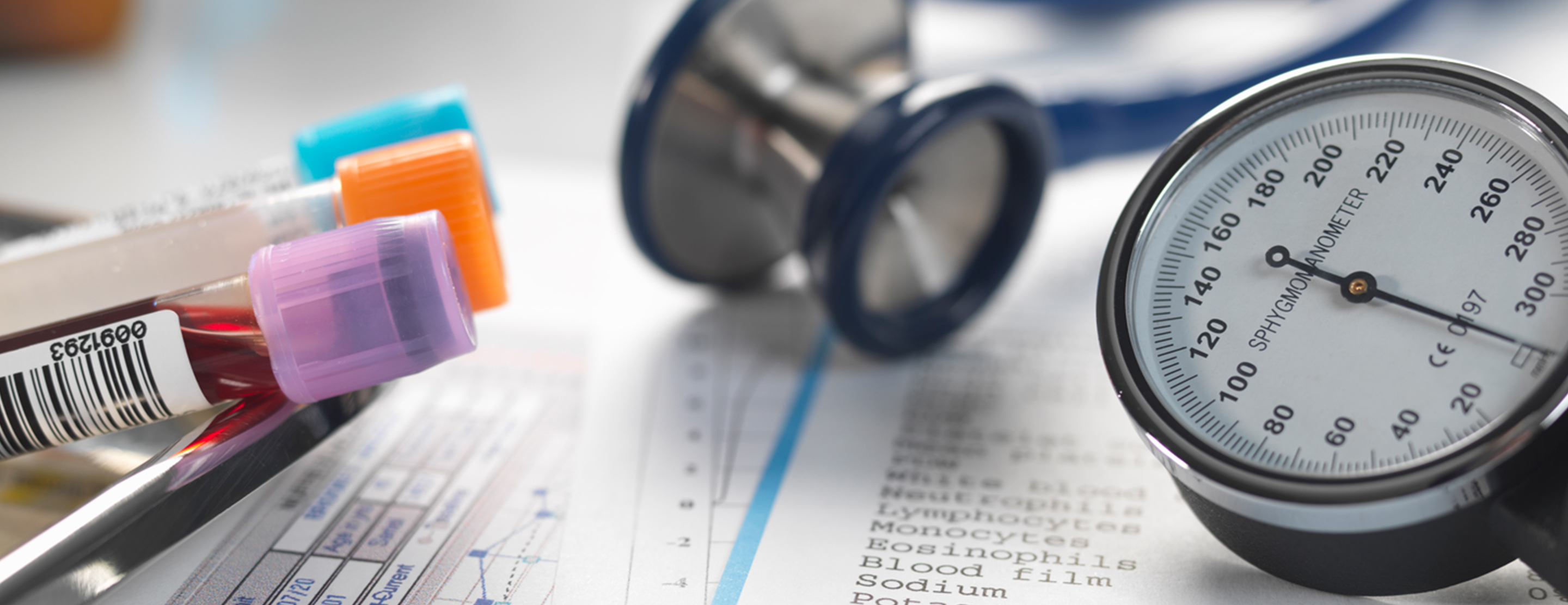
BUN - blood test
Definition
BUN stands for blood urea nitrogen. Urea nitrogen is what forms when protein breaks down.
A test can be done to measure the amount of urea nitrogen in the blood.
Alternative Names
Blood urea nitrogen; Renal insufficiency - BUN; Renal failure - BUN; Renal disease - BUN
How the Test is Performed
A blood sample is needed. Most of the time blood is
How to Prepare for the Test
Many medicines can interfere with blood test results.
- Your health care provider will tell you if you need to stop taking any medicines before you have this test.
- DO NOT stop or change your medicines without talking to your provider first.
How the Test will Feel
You may feel slight pain or a sting when the needle is inserted. You may also feel some throbbing at the site after the blood is drawn.
Why the Test is Performed
The BUN test is often done to check kidney function.
Normal Results
The normal result is generally 6 to 20 mg/dL.
Note: Normal values may vary among different labs. Talk to your provider about your specific test results.
The examples above show the common measurements for results for these tests. Some laboratories use different measurements or may test different specimens.
What Abnormal Results Mean
Higher-than-normal level may be due to:
Congestive heart failure - Excessive protein level in the gastrointestinal tract
Gastrointestinal bleeding Hypovolemia (dehydration)- Heart attack
- Kidney disease, including
glomerulonephritis , pyelonephritis, andacute tubular necrosis Kidney failure Shock Urinary tract obstruction
Lower-than-normal level may be due to:
- Liver failure
- Low protein diet
- Malnutrition
- Over-hydration
Considerations
For people with
References
Landry DW, Bazari H. Approach to the patient with renal disease. In: Goldman L, Schafer AI, eds. Goldman-Cecil Medicine. 25th ed. Philadelphia, PA: Elsevier Saunders; 2016:chap 114.
Oh MS, Breifel G. Evaluation of renal function, water, electrolytes, and acid-base balance. In: McPherson RA, Pincus MR, eds. Henry's Clinical Diagnosis and Management by Laboratory Methods. 23rd ed. St Louis, MO: Elsevier; 2017:chap 14.
Sharfuddin AA, Weisbord SD, Palevsky PM, Molitoris BA. Acute kidney injury. In: Skorecki K, Chertow GM, Marsden PA, Taal MW, Yu ASL, eds. Brenner and Rector's The Kidney. 10th ed. Philadelphia, PA: Elsevier Saunders; 2016:chap 31.
Review Date: 04/29/2019
The information provided herein should not be used during any medical emergency or for the diagnosis or treatment of any medical condition. A licensed physician should be consulted for diagnosis and treatment of any and all medical conditions. Call 911 for all medical emergencies. Links to other sites are provided for information only -- they do not constitute endorsements of those other sites. Copyright ©2019 A.D.A.M., Inc., as modified by University of California San Francisco. Any duplication or distribution of the information contained herein is strictly prohibited.
Information developed by A.D.A.M., Inc. regarding tests and test results may not directly correspond with information provided by UCSF Health. Please discuss with your doctor any questions or concerns you may have.





